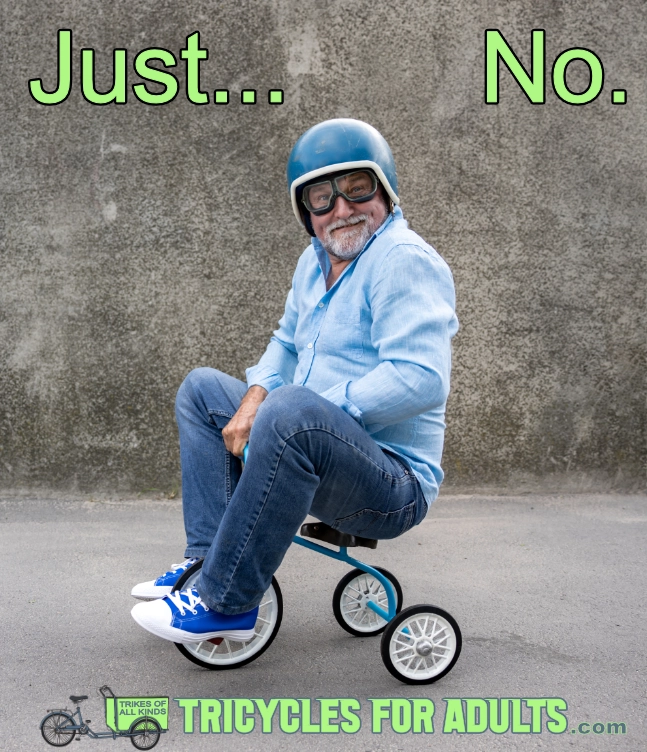Adult Tricycles and Proper Safety
As more adult tricycles hit the road, it’s more important than ever that riders practice safe tricycling to ensure the road doesn’t hit them. Adult tricycles are gaining momentum as a preferred mode of transport for leisure, exercise, and even commuting. Offering enhanced stability and comfort compared to traditional bicycles, they present an appealing option for those seeking a safer, more accessible form of personal mobility. However, the increased size and unique handling characteristics of tricycles necessitate a tailored approach to safety. This article aims to provide comprehensive guidance on ensuring a safe and enjoyable tricycle riding experience, covering everything from choosing the right model to navigating traffic effectively.
Choose Safe Adult Tricycles

Selecting the appropriate tricycle is the first step toward a safe riding experience. Considerations should include the tricycle’s stability, which is influenced by its wheelbase and center of gravity, and the rider’s size and comfort. A lower center of gravity can enhance stability, while adjustable seating and handlebars can improve comfort and control.
Visibility is another critical factor. Opt for tricycles for adults equipped with flags and reflective elements, and consider models that position the rider higher for better visibility in traffic. Safety features like locks for the wheels and frame, as well as efficient braking systems, are also vital.
Investing time in researching and testing different tricycles can lead to a safer and more satisfying riding experience.
Safety Gear Is Essential
Safety gear is paramount when riding a tricycle. A properly fitted helmet can significantly reduce the risk of head injuries. Look for helmets that meet safety standards, and ensure they fit snugly.
Visibility gear is equally important, especially for evening or early morning rides. Reflective clothing, and front and rear lights enhance your visibility to other road users. Additional protective gear, such as gloves, elbow, and knee pads, can provide extra safety in case of falls or collisions.
Handle Adult Tricycles Like A Boss
Handling a tricycle differs from a bicycle due to its three-wheel structure, impacting balancing, steering, braking, and maneuvering. Practice in a safe, traffic-free area to get accustomed to the feel of your tricycle. Focus on mastering smooth starts and stops, efficient braking, and controlled turns.
Understanding your tricycle’s dynamics is crucial, particularly when navigating turns, as tricycles can tip over if turned too sharply at high speeds. Practice gradual braking and anticipate turns to maintain stability.
Traffic and Road Conditions
Riding adult tricycles in traffic requires knowledge of road rules and heightened awareness. Signal your intentions clearly to other road users, and be vigilant of vehicles, pedestrians, and other cyclists. Familiarize yourself with your local traffic laws regarding tricycles, as they can vary.
Adapting to different road surfaces and weather conditions is also crucial. Wet or uneven surfaces may affect your tricycle’s traction and stability. Adjust your speed and handling accordingly to maintain control.
Safety should always be the top priority when riding an adult tricycle. By choosing the right tricycle, wearing appropriate safety gear, mastering handling skills, navigating traffic safely, and keeping your tricycle well-maintained, you can enjoy the numerous benefits of tricycle riding with confidence and peace of mind.